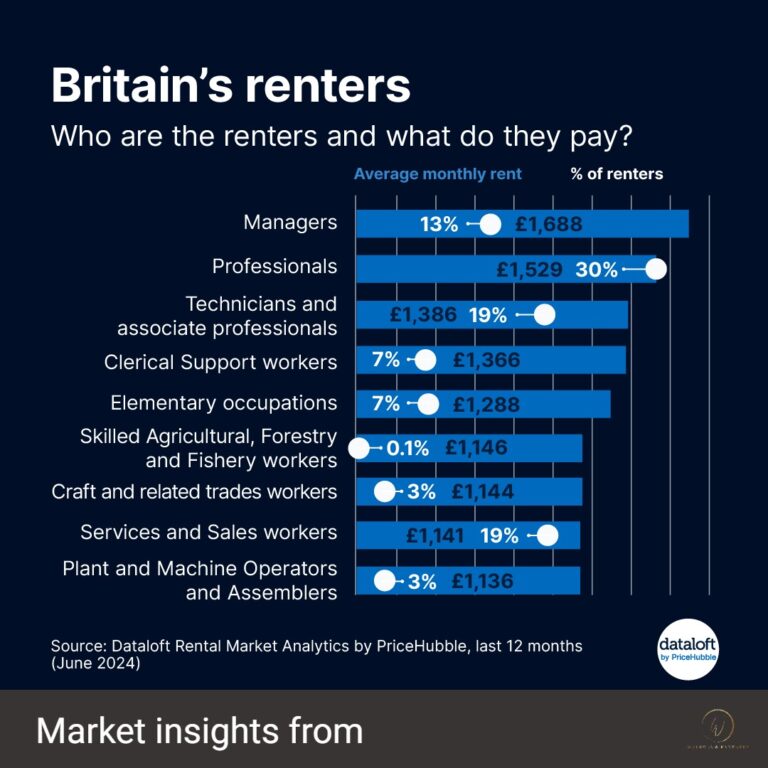As a UK landlord, timing your rental property listing can significantly impact your returns and tenant quality. In the UK, the rental market has distinct peak and off-peak seasons, each with its own set of advantages and challenges. Here’s why renting during peak season could be more advantageous for you, along with some insights on navigating out-of-peak tenancies. Here we outline UK peak season rental benefits for landlords.
UK peak season rental benefits for landlords
- Higher Demand: Peak rental seasons, typically from late spring to early autumn, see a surge in demand due to factors like university students seeking accommodation, professionals relocating for jobs, and families moving before the school year starts. This increased demand means you’re more likely to find a tenant quickly, reducing the time your property sits vacant.
- Better Rental Rates: With higher demand comes the potential for higher rental rates. Landlords can often command a premium on their properties during peak season, maximizing their rental income. Additionally, competitive bidding may drive rents even higher, benefiting your bottom line.
- Quality Tenants: During peak times, the larger pool of applicants allows you to be more selective, potentially securing higher-quality tenants who are likely to pay rent on time and take good care of your property. This can lead to fewer issues and lower maintenance costs over the tenancy period.
- Longer Tenancies: Tenants moving during peak seasons, such as families and professionals, often look for longer-term rentals to ensure stability. This can result in longer tenancy agreements, providing you with a stable income and reducing the frequency of tenant turnover.
Disadvantages of Renting During Off-Peak Season
- Lower Demand: Off-peak seasons, particularly winter, see a drop in rental demand. Fewer prospective tenants mean your property might remain vacant for longer periods, leading to potential income loss.
- Reduced Rental Rates: To attract tenants during quieter periods, you may need to lower your rental price, which can impact your overall rental yield. This is a common necessity to make your property stand out in a less competitive market.
- Limited Tenant Pool: The smaller pool of applicants in off-peak times may limit your ability to be selective, potentially leading to compromises on tenant quality. This could result in higher maintenance and management issues down the line.
Navigating Non-Peak Tenancies
- Flexible Lease Terms: Offering shorter or more flexible lease terms can attract tenants during off-peak times. This allows you to align the end of the lease with the start of the next peak season, optimizing your rental periods.
- 18-Month Tenancy Strategy: One effective approach is to negotiate an 18-month tenancy with no break clause, starting in January, February, or March. This way, the natural end of the tenancy will coincide with the peak rental season, positioning your property advantageously for the next cycle.
- 6-Month Tenancy Option: Alternatively, you can accept a 6-month tenancy during off-peak months. This strategy ensures the tenancy ends naturally during peak season, enabling you to capitalize on the higher demand and better rental rates. However, landlords should be conscious of the potential need to pay further tenancy setup charges for the subsequent tenancy. Our previous blog will help you understand how administration charges impact your net yield.
- Property Improvements: Use the off-peak season to make any necessary improvements or renovations to your property. This not only maintains the property’s value but also makes it more appealing when the peak season returns.
Conclusion: UK peak season rental benefits for landlords
While peak season offers numerous advantages such as higher demand, better rental rates, and quality tenants, navigating through non-peak tenancies requires strategic adjustments. By being flexible and proactive, landlords can minimize vacancies and maintain steady rental income throughout the year.








